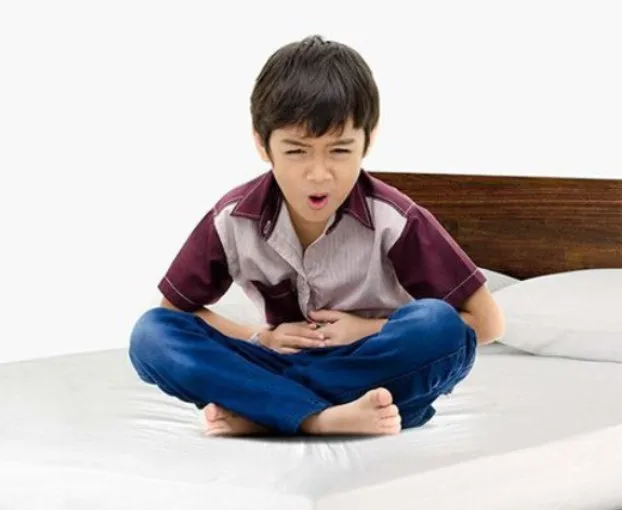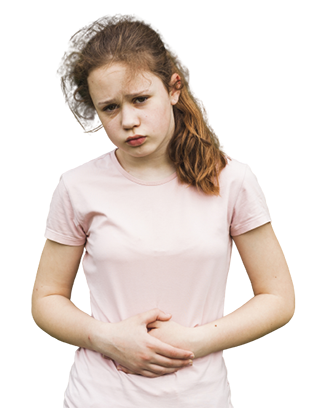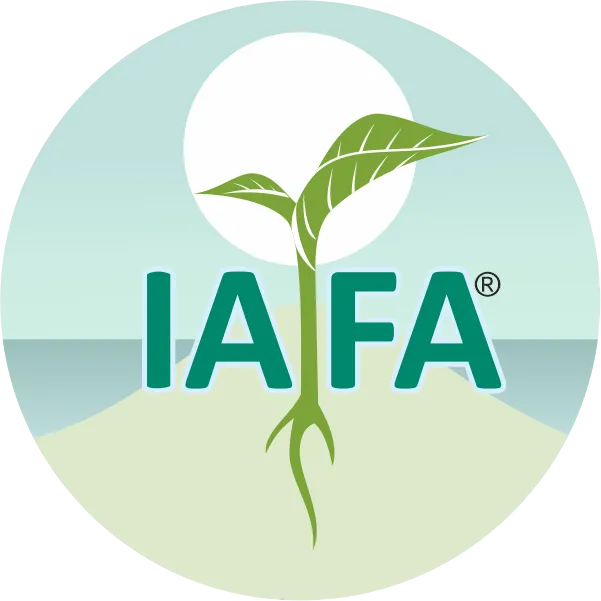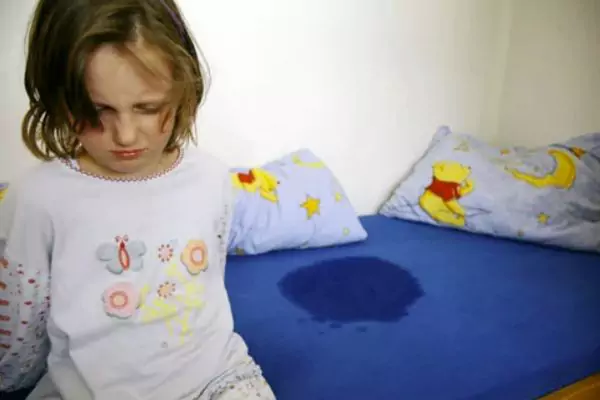On This Page
Ayurvedic Treatment of Crohn’s Disease – Causes, Symptoms
सामंसान्नम्अजीर्णेऽन्नेजीर्णेपक्वंतुनैववा ।
अकस्माद्वामुहुर्बद्धम्अकस्माच्छिथिलंमुहुः॥
चिरकृद्ग्रहणी-दोषःसंचयाच्चोपवेशयेत् ।
सचतुर्थपृथग्दोषैःसंनिपाताचचजायते ॥
Inflammatory bowel disease (IBD) is an idiopathic disease involving an immune reaction of the body to its own intestinal tract. IBD is comprised of 2 major disorders which include Crohn’s disease and ulcerative colitis. They are most often diagnosed in adolescence and young adulthood, with a rising incidence in pediatric populations. Although children can present with the classic symptoms of weight loss, abdominal pain, and bloody diarrhea, many presents with nonclassic symptoms of isolated poor growth, anemia, or other extraintestinal manifestations.
According to Ayurveda, Crohn’s can be compared to ‘Grahani’disease. In Ayurveda, Grahani is actually an anatomical term to describe small intestines (specifically Ileum and jejunum). Any vitiation or inflammation to this particular part by imbalanced Doshas (Vata, Pitta, and Kapha) can cause a wide variety of symptoms similar to that of Crohn’s disease, anywhere across the digestive system. The degree and nature of symptoms may vary as per the doshic predominance & involvement.
We have specialized care in the fields of physical, emotional, and behavioral needs of children.
Causes of Crohn’s Disease
Inflammatory bowel disease is caused by a dysregulated mucosal immune response to the intestinal microflora in genetically predisposed hosts.
Symptoms of Crohn’s Disease
Common symptoms of Crohn’s disease are:-
- Abdominal pain
- Diarrhea
- Weight loss
- Poor appetite
- Fever
- Night sweats
- rectal pain
- Rectal bleeding
Extra intestinal manifestations include:-
- Dermatologic
- Erythema nodosum
- Pyoderma gangrenosum
- Musculoskeletal
- Arthritis
- Growth failure
- Osteopenia
- Osteoporosis
- Ankylosing spondylitis
- Hepatic
- Primary sclerosing cholangitis
- Autoimmune hepatitis
- Ocular
- Episcleritis
- Uveitis
- Iritis
- Renal
- Nephrolithiasis
- Pancreatic
- Pancreatitis
- Hematologic
- Anemia
- Venous thromboembolism
Ayurvedic References of Crohn’s Disease (Grahani)
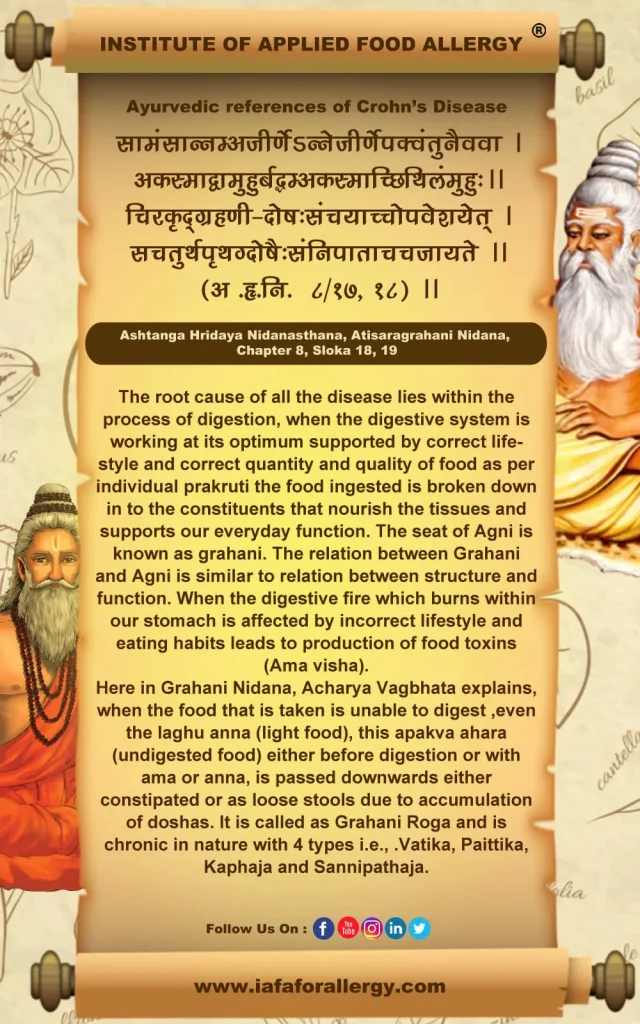

“At Dr. Gupta’s IAFA we are providing very effective treatment for Crohn’s disease in children based on the classical principle of Ayurveda and our research. Institute of Applied Food Allergy® is committed towards providing the outstanding service for all the health problems of your children through Ayurveda”.
Changing Medicine, Changing Lives!!! Dr. Gupta’s IAFA for your child’s future.
– Dr. Sahil Gupta (B.A.M.S., M.H.A.)
Ayurvedic Allergy Specialist
CEO & Founder of IAFA®
At last, Easier Crohn’s Disease Management

Trusted by
More than 90,000 Patients

Convenient
at-Home Treatments

9.2 / 10
Customer Satisfaction Score
Ayurvedic Treatment for Crohn’s Disease
Ayurvedic Treatment for Crohn’s Disease is focused at Deepana of Agni (Stimulation of appetite). Oushadhas with properties like Pachana (Formulations that can directly digest ama), Grahi (Digestive and retain food-formulations are useful in diarrhea and lack of appetite), Vrana ropana (Healing of ulcers, Drugs, and formulations with wound healing properties), Stambhana (Formulations that stop movement or elimination, when there is bloody diarrhea with normal appetite).
Internal Medicines for Crohn’s Disease
- Chiruvilwadi Kashayam
- Kaidaryadi Kashayam
- Dadimashtaka Churna
- Mahatiktakam Kashayam
- Dadimadi Ghrita
- Mahatiktakam Ghritam
Purificatory Therapies for Crohn’s Disease
- Mrudu virechana (Mild Purgation) aiming at Vata anulomana (helping in Vata to move in normal route)
- Vasthi (Medicated enema) – If the lower gastrointestinal tract is the affected part, Vasthi is the most useful procedure. Vasthi with suitable medication will treat the ulceration of the bowel and enhance healing and subside inflammation and irritability of the colon.
- Anuvasana vasthi (medicated oil enema) and Picha vasthi (special vasthi preparation containing mocha rasa ie, gum of Bombax malabaricum) are the common varieties of vasthi.
- In the initial stages of the disease, if only symptoms of Grahani present and no ulcerations developed then if the ama accumulated in amashaya the physician will do vamana karma (Induced Emesis), if ama is in pakwasaya, virechana karma and residual morbid matters in the intestine is removed through sneha sweda poorva asthapana vasthi (abhyanga and swedana followed by medicated decoction enema) followed by anuvasana vasthi (medicated oil enema).
Single Herbs in the Management of Crohn’s Disease
- Indrayava (Holarrhena antidysenterica)
- Ativisha (Aconitum heterophyllum)
- Patha (Cissampelos pareira)
- Guduchi (Tinospora cordifolia)
- Musta (Cyperus rotundus)
- Bilva (Aegle marmelos)
- Rakta Chandana (Pterocarpus santalinus)
Diet in Crohn’s Disease
Pathya (Do’s)
- A physician can provide a more individualized nutritional plan.
- Old basmati rice (>3 months), barley, moong dal, urad dal, saffron, coriander, cumin, fennel, navy beans, kidney beans, green lentils.
- Cow’s milk and butter, goat’s milk and butter.
- Almonds, water chestnut, pomegranate, banana, mango, limes, and kiwi fruit.
- Takara (Buttermilk), Masur (Red Lentils), Tuvara (Pigeon pea), Mudga (Green gram), Tila (Sesame seeds), Makshika (Honey).
Apathya (Don’ts)
- All leftovers
- Spicy foods
- White sugar, wheat, pasta, red grapes, vinegar, mustard, salty and acidic foods should be avoided.
- Draksha, Gomutra, Dugdha, Guda, Gomutra, viruddha Bhojana
Yoga Therapy for Crohn’s Disease
Specific Asanas (Yoga), Pranayama, meditation, deep relaxation techniques, help to arrest the progression of the disease.
Postures include:-
- Bhujangasana
- Mayurasana
- Paschimottanasana
- Matsyendrasana
- Sarvangasana
Pranayama include:-
- Shitali
- Kumbhaka
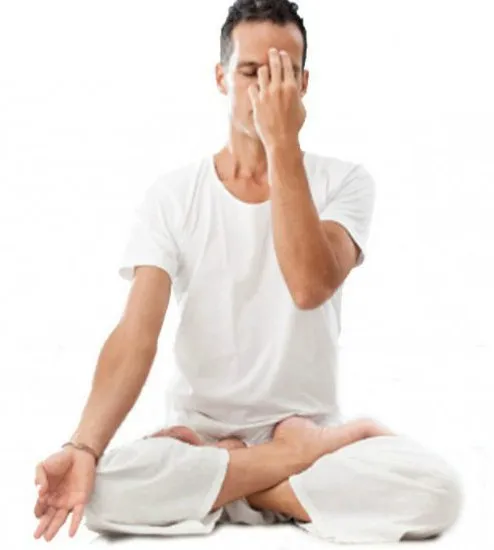
Frequently Asked Questions
Question: What is Crohn’s disease?
Answer: Crohn’s disease is a chronic inflammatory disease of the intestines. It primarily causes ulcerations (breaks in the lining) of the small and large intestines but can affect the digestive system anywhere from the mouth to the anus.
Question: What are the causes of Crohn’s disease?
Answer: Crohn’s disease is caused by interactions between environmental, immunological, and bacterial factors in genetically susceptible individuals. This results in a chronic inflammatory disorder, in which the body’s immune system attacks the gastrointestinal tract possibly directed at microbial antigens.
Question: What is the Ayurvedic treatment for Crohn’s disease?
Answer: As per Ayurveda, the primary causes of Grahani disease are Mandagni (poor appetite and poor digestion); therefore treatment aims at improving functions of Agni thereby reducing the progression of the disease.
At Dr. Gupta’s IAFA we are providing very effective treatment for Crohn’s disease in children based on the classical principle of Ayurveda and our research. IAFA is committed towards providing outstanding service for all the health problems of your children through Ayurveda.
Changing Medicine, Changing Lives!!! Dr.Gupta’s IAFA for your child’s future.
Was this Page Helpful?
So IAFA Root-Cause treatment of Crohn’s disease is just 3 steps away!

01. Connect With Us
Book an appointment to share queries of your child health.

02. Consult With Us
Consult with Ayurvedic Pediatrician of IAFA®.

03. Root Cause Treatment
Get an accurate diagnosis and treatment for your child.
Crohn’s Disease- Case Studies
Real Case Studies of Successfully Treated Patients from All Around the World by IAFA Ayurveda®
-
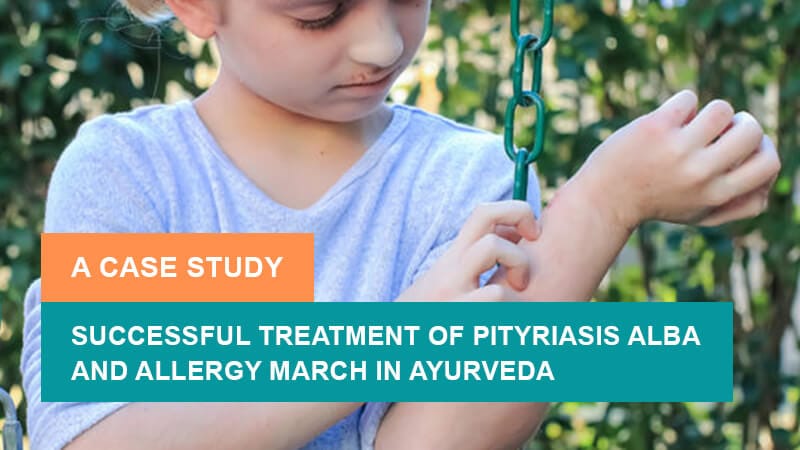
Successful Treatment of Pityriasis Alba and Allergy March in Ayurveda – A Case Study
It is a case study about successful treatment of Pityriasis Alba and…
-

Successful Treatment of Gallstones (Cholelithiasis) with Ayurvedic Medications – A Case Study
It is a case study about the successful treatment of Gallstones (Cholelithiasis)…
-

48-Year-Old Male Patient Got Relief from Chronic Aspergillosis of Paranasal Sinuses – A Case Study
Fungal infections can be treated with a high success rate by various…
-
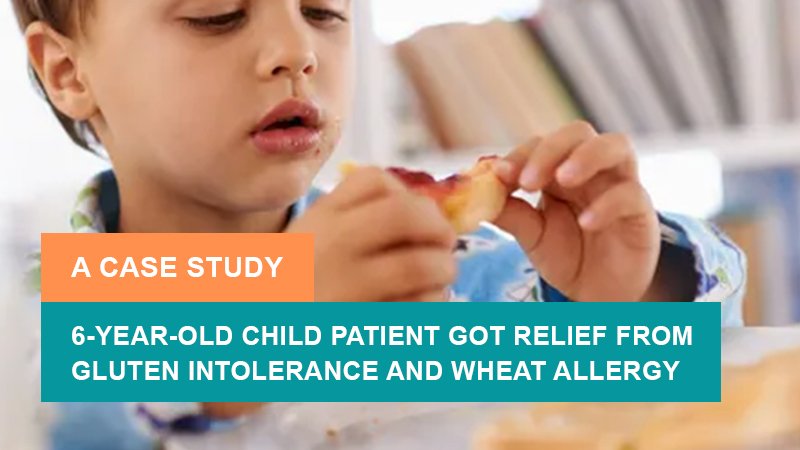
6-Year-Old Child Patient Got Relief from Gluten Intolerance and Wheat Allergy – A Case Study
It is a case study of a 6-year-old Child Patient who got…
Read More Articles
-
-
-

Attention Deficit Hyperactivity Disorder – ADHD (Vatika Unmada)
So IAFA Root-Cause Treatment of Your Attention Deficit Hyperactivity Disorder is Just…

